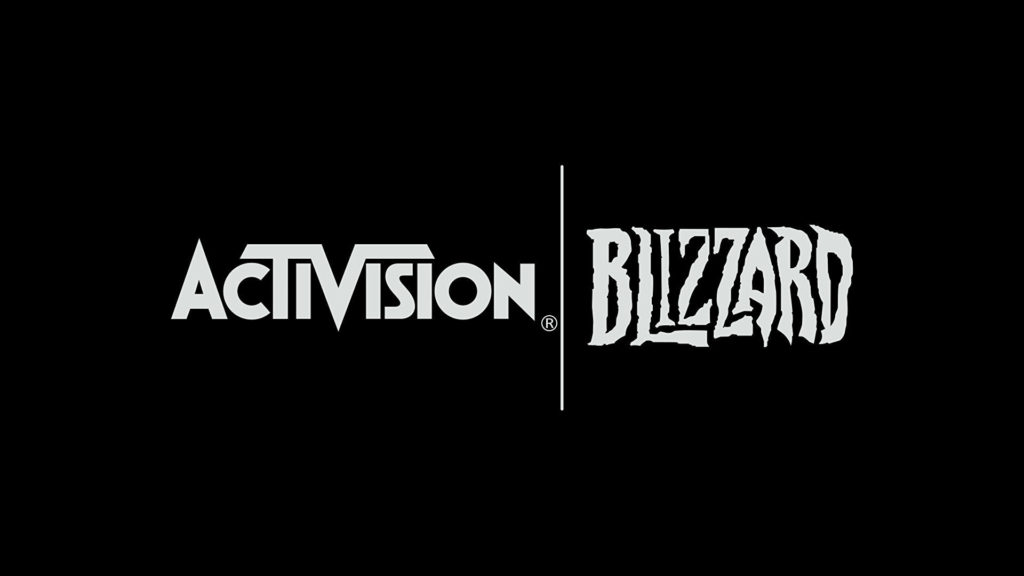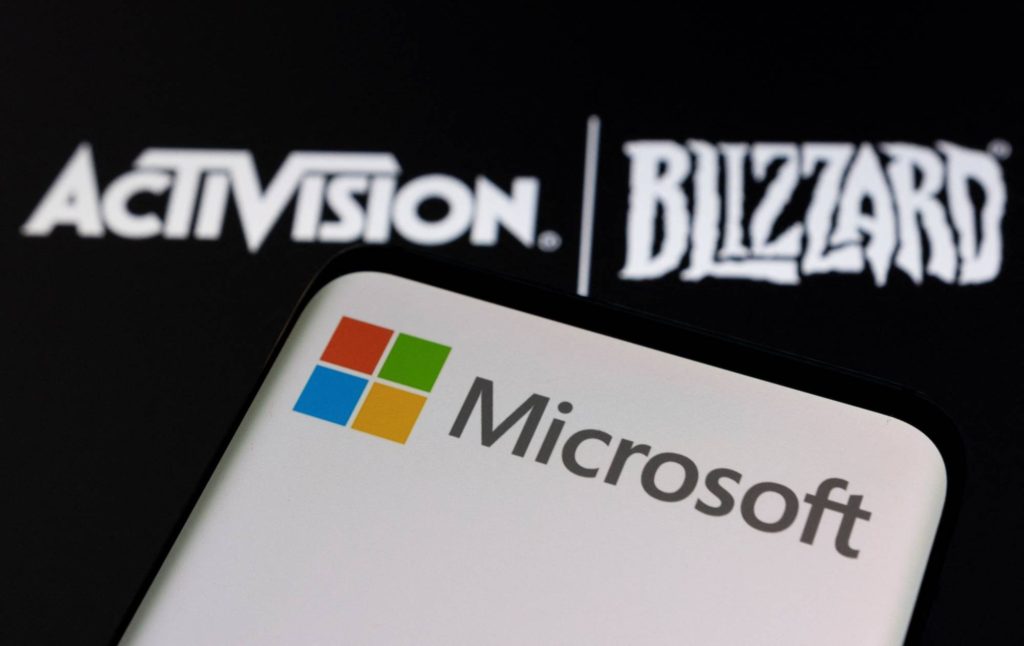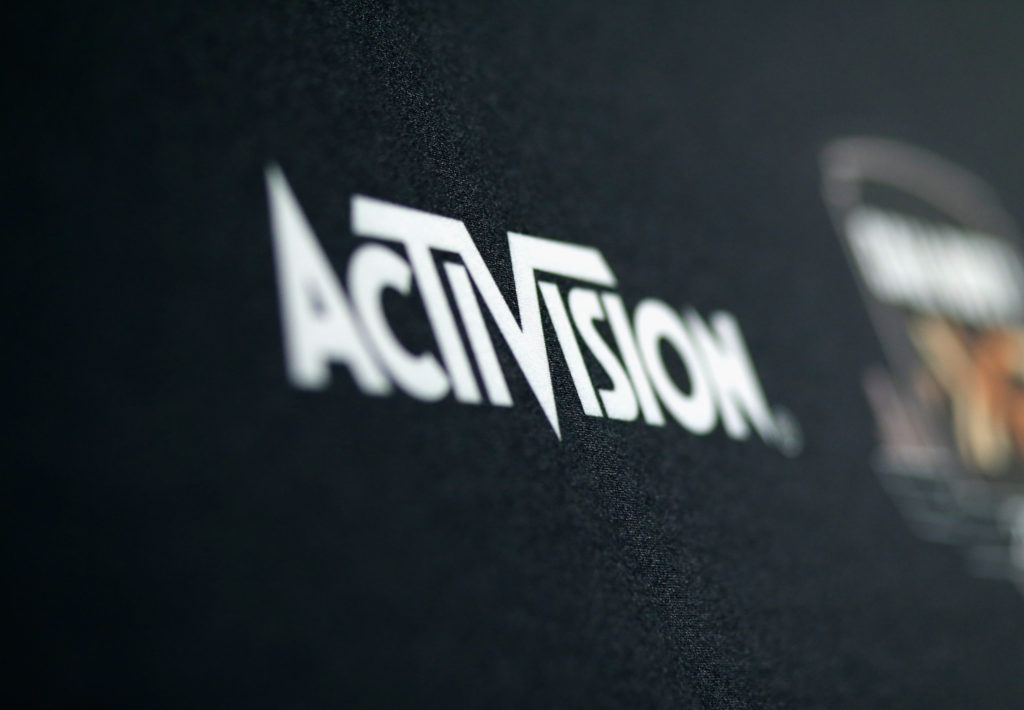Alex Birlo on May 28, 2022
Recently, on May 23rd, a small group of quality assurance testers in Raven had won an election and were officially unionized! Creating the Game Workers Alliance.
Raven is a subsidiary of Activision Blizzard and a constant participant in the development of games in the “Call of Duty” franchise.
This is not the first video game union in the entire gaming industry, as we have seen such success with “Nexon” in South Korea in 2018, and “Paradox Interactive” in Sweden in 2020.
If we get specific, it is not even the very first video game union in America. A small developer studio, literally called “Video Games” has a very small number of workers, but when the company was founded in 2021, they already created a union that even includes independent contractors.
But! This new union is within Activision Blizzard! It is the first union in such a big company and sets a powerful precedent for the rest of the industry.

Apparently there was quite a fight behind the scenes, between the group and the higher ups. We can gather that from what fragments have surfaced up.
Like the fact that the National Labor Relations Board has rejected Activision’s attempt to make the vote include more of the company’s employees, which would have “diluted” the vote and made it less possible to be ruled in the favor of the unionizing group.
In an official statement, Activision Blizzard said that “We believe that an important decision that will impact the entire Raven Software studio of roughly 350 people should not be made by 19 Raven employees”.
I doubt that the rest of Raven Software would oppose unionization if given the choice.
And the Game Workers Alliance said in their statement that “Activision Blizzard worked tirelessly to undermine our efforts to establish our union, but we persevered”.
If anyone still remembers – Microsoft is buying Activision Blizzard. And they are still in the process, since these are two massive structures we are talking about.
But even Microsoft – who might not have to deal with that issue directly yet, and it is still up to the Activision management to sort it out – had their say and stated that they respect the right to unionize and will honor the employees’ decision.

The video game industry is not unionized. And until recently, there was no such thing as “game developer rights”. It was near totally up to the management of the company, to manage everyone’s working conditions almost unobstructed and lay off anyone who was not complying with the “work ethics” of the studio.
We can only imagine what a tight grip the corporate structures have on the industry, based on how slow is the unionization progress.
We all love the universes and experiences created for us, by studios, in their video games. But we cannot possibly know all the things that go behind the curtains.
As an example, a practice you must have heard of a million times by now is “crunch”. A thing that is born out of poor management of resources and constant misjudgment of deadlines for each production step in a game’s development cycle.
The management allows development to go in a relatively laid-back rhythm, and when the deadline for the project draws near and the board wants to release the game within a specific quarter for their annual income report – crunch begins.
Workers are forced to toil extra hours and shifts, to get the game into a finalized state, which births bugs, forces to cut out mechanics and break promises. Which ultimately leads to disappointment and loss in public face and trust of the company, like in the case of “Anthem” by BioWare that got me to start writing about things like that, or the more recent “Cyberpunk 2077” by CD Projekt Red.
Do not underestimate these unionizing efforts for their currently small scale and number.
In this case, for example; what change does it make? These are just some 19 quality assurance testers in one of the studios under a big corporate umbrella.
But in big corporate structures, like Activision Blizzard, it is easier to win several smaller elections rather than a bigger and unorganized one.
When there already exists an officially registered union, others can join, or unionize themselves on the basis of already existing precedents – regardless of how small.
This case is one of the first actual results started several years ago, when the idea to unionize the gaming industry began, and it is only the beginning. The corporate structure must now adapt and understand that the circus is over.
They can no longer be in full control of employees; because they have a way to protect themselves and secure working conditions, that now will not change on a whim when the company wants to release a project within this fiscal year and not the next.
This ultimately benefits the gamers too. Not just in a way that “ethically sourced” food makes you feel good that no child labor was used. But also in the way of actual video game quality!

Just imagine a time when the development team leads will have to come up with ways to more precisely estimate development time, on each step of the game-dev cycle. And with fixed working conditions, they will not have the option to cram in more workload, when the deadlines are not met.
The work will have to be more evenly distributed across the entire cycle. The goals will have to be set more clearly. And the development will proceed in a more organized and stable fashion.
Which, in turn, will result in more accurate expectations from the game as a product, and more clear vision for the game as an artistic work – from the very beginning.
AP News article: https://apnews.com/article/technology-santa-monica-california-video-games-cfa8cf6b746a806d3645511ee7446855
Quartz article: https://qz.com/2169603/the-first-major-union-forms-in-the-us-video-game-industry/
Axios article: https://www.axios.com/2022/03/24/microsoft-activision-unionization-raven-software-letter
Polygon article: https://www.polygon.com/22834924/vodeo-games-first-video-game-union-north-america-code-cwa The Korea Herald article: http://www.koreaherald.com/view.php?ud=20180903000760